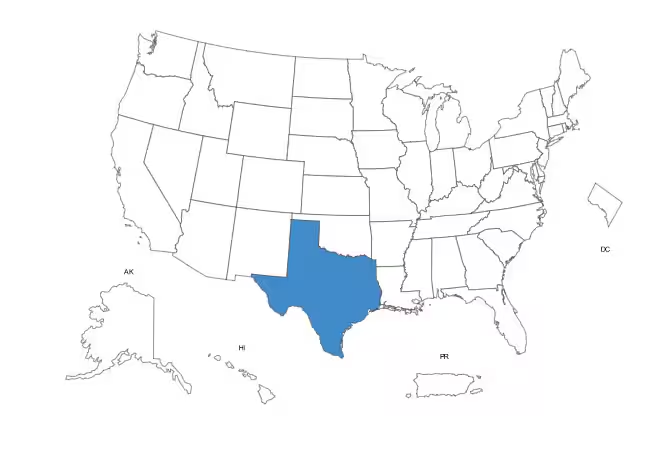Treatment Of Avian Influenza In Poultry Now.
What is Avian Influenza?
Avian Influenza is also called as H5N1, H5N6, H5N8, H7N9, fowl plague, bird flu. Variants of the influenza virus typically affect avian species but have the potential to infect humans as well. This avian flu is commonly acquired through interaction with infected birds and has the capability of human-to-human transmission.
The onset of symptoms usually occurs between two to eight days, resembling those of the standard flu, including cough, elevated temperature, throat discomfort, body pains, head pain, and difficulty breathing.
As the condition progresses, one may experience gastrointestinal complications, respiratory distress, or neurological alterations. This illness poses a significant risk of fatality in humans. Early administration of certain antiviral medications, ideally within 48 hours from the appearance of symptoms, may offer beneficial effects.
What are the symptoms of Avian Influenza?
Requires a medical diagnosis
Symptoms begin within two to eight days and can seem like the common flu. Cough, fever, sore throat, muscle aches, headache and shortness of breath may occur. Symptoms may worsen into gut issues, breathing issues, or CNS changes.
People may experience:
Pain areas: in the muscles
Whole body: fever or malaise
Nasal: runny nose or sneezing
Also common: coughing, headache, shortness of breath, or sore throat
Treatment Of Avian Influenza In Poultry Now
Treatment consists of supportive care and antivirals
The disease can carry a high mortality in humans. Some antiviral drugs, if taken within two days of symptoms, may help.
Specialists Required For This Virus
Infectious Disease Doctor
>> Treats infections, including those that are tropical in nature.
Paediatrician
>> Provides medical care for infants, children and teenagers.
Primary Care Provider (PCP)
>> Prevents, diagnoses and treats diseases.
>> H5N1 Bird Flu: Current Situation <<

H5N1 bird flu is widespread in wild birds worldwide and is causing outbreaks in poultry and U.S. dairy cows with one recent human case in a U.S. dairy worker.
While the current public health risk is low, CDC is watching the situation carefully and working with states to monitor people with animal exposures.
CDC is using its flu surveillance systems to monitor for H5N1 activity in people.

Be First to Comment